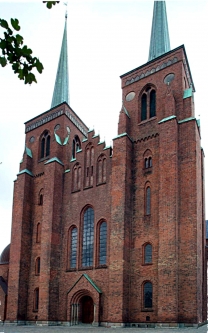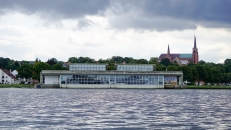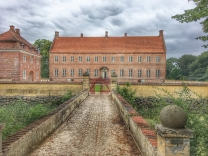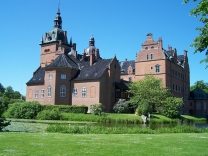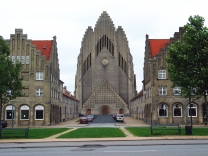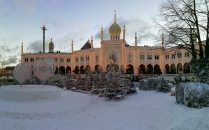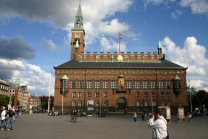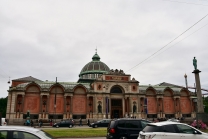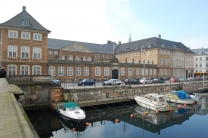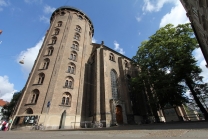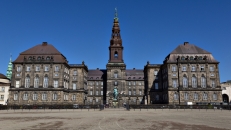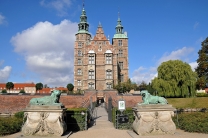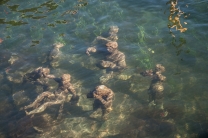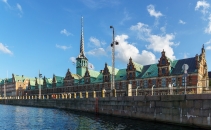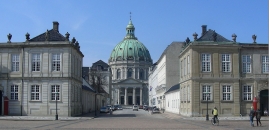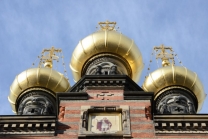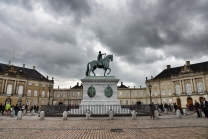Roskilde Cathedral
No video yet
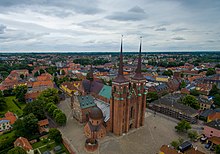
Roskilde Cathedral
Church in Roskilde, DenmarkRoskilde Cathedral (Danish: Roskilde Domkirke), in the city of Roskilde on the island of Zealand (Sjælland) in eastern Denmark, is a cathedral of the Lutheran Church of Denmark. The first Gothic cathedral to be built of brick, it encouraged the spread of the Brick Gothic style throughout Northern Europe. Constructed during the 12th and 13th centuries, the cathedral incorporates both Gothic and Romanesque architectural features in its design. Until the 20th century, it was Zealand's only cathedral. Its twin spires dominate the skyline of the town.
The cathedral has been the main burial site for Danish monarchs since the 15th century. As such, it has been significantly extended and altered over the centuries to accommodate a considerable number of burial chapels. Following the Danish Reformation in 1536, the bishop's residence was moved to Copenhagen while the title was changed to Bishop of Zealand. Coronations normally took place in Copenhagen's Church of Our Lady or in the chapel of Frederiksborg Palace.
The cathedral is a major tourist attraction, bringing in over 160,000 visitors annually. Since 1995, it has been listed as a UNESCO World Heritage Site. A working church, it also hosts concerts throughout the year.
History
The cathedral seen from the Bispegården (Bishop's house). Christian IX's Chapel (right) and Frederick IX's Burial Site (left).Previous churches
Roskilde was named the new capital of Denmark by King Harald Bluetooth around the year 960. The king had previously resided in Jelling, where he built a church and raised the Jelling stones, but after uniting the Danes and Norwegians, a move was necessary to enable the monarch to stay close to the centre of power in the new kingdom. Moving to Roskilde, Bluetooth built a royal farm and next to it, a small stave church, dedicated to the Holy Trinity. Little is known of the Trinity Church, let alone its architecture, but despite its brief history at least two events are known to have taken place. In Adam of Bremen's Gesta Hammaburgensis ecclesiae pontificum, there is an account of how the...


